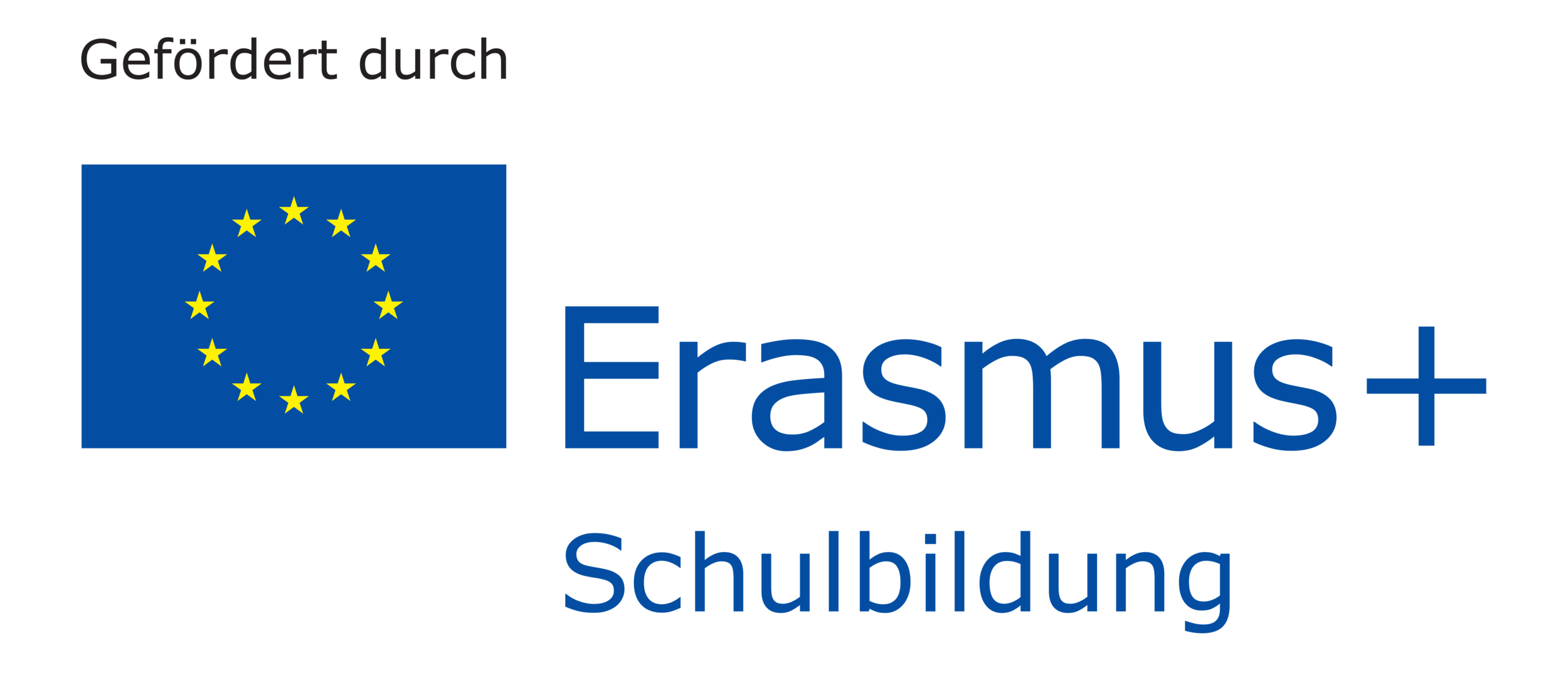How Exactly Does Luca Acquire Language At This Early Age?
Luca is "learning" how to speak a language.
Understanding how children learn to speak a language is an extremely relevant issue for the settling-in process of multilingual children and their time in kindergarten, especially if they do not speak any of the languages offered. It can be helpful and soothing for educators to know how a child processes an unknown language and prepare for situations of difficult communication due to a lack of a mutual language or to assist and guide the children in their language acquisition at kindergarten.
The process of how a child acquires language and “learns” a specific language is quite complex and influenced my many aspects. In general terms, Luca learns a language by being exposed to the language on a regular basis or a longer period of time while “taking in the language offered” or internalizing it. There are different ways of learning or internalizing language for Luca.
Implicit learning
The child is exposed to unknown intonation, sounds, words or sentence structures. She becomes familiar with the specific characteristics of the language after a while and "implicitly" takes in the underlying structure of the language without any conscious effort. You could refer to it as the image of a "sponge". Luca implicitly takes in the language she is surrounded by “like a sponge”.
Explicit learning
The child starts to notice the unknown characteristics of the language that she is exposed to on a regular basis. The child systematically "investigates" the differences of this specific language in order to make out the structures of it. This is comparable to the process of adults testing hypotheses. You could refer to it as the image of the "investigator". Luca tries different structures and waits for a confirming feedback from the person talking to (“bunny” - “no, this is a guinea pig”) or she applies her acquired internal structure of a past tense form and says “catched” (“catched” - “no, caught”)
“For instance, Luca is only exposed to English at kindergarten while she is exposed to other languages familiar to her at home. This means she will learn the yet unknown language, English, ‘implicitly’ over time, through interaction with her teachers and peers. This learning process happens subconsciously and without effort. The longer Luca is exposed to the English language, the more familiar she will be with the different characteristics of a language, like sounds, intonations, words and sentence structures. She takes in the language and its specific features, she gets familiar with it and will be able to memorize them without much awareness of the process.
After a while, Luca might be more familiar with the new language. She’s been exposed to it for a while, has received enough comprehensible input from her environment, teachers and peers, has received enough interactional feedback and is producing necessary language output. She would then explicitly learn the language by inquiring about the features of the language, consciously seeking out the structure of it and trying to master it.”

